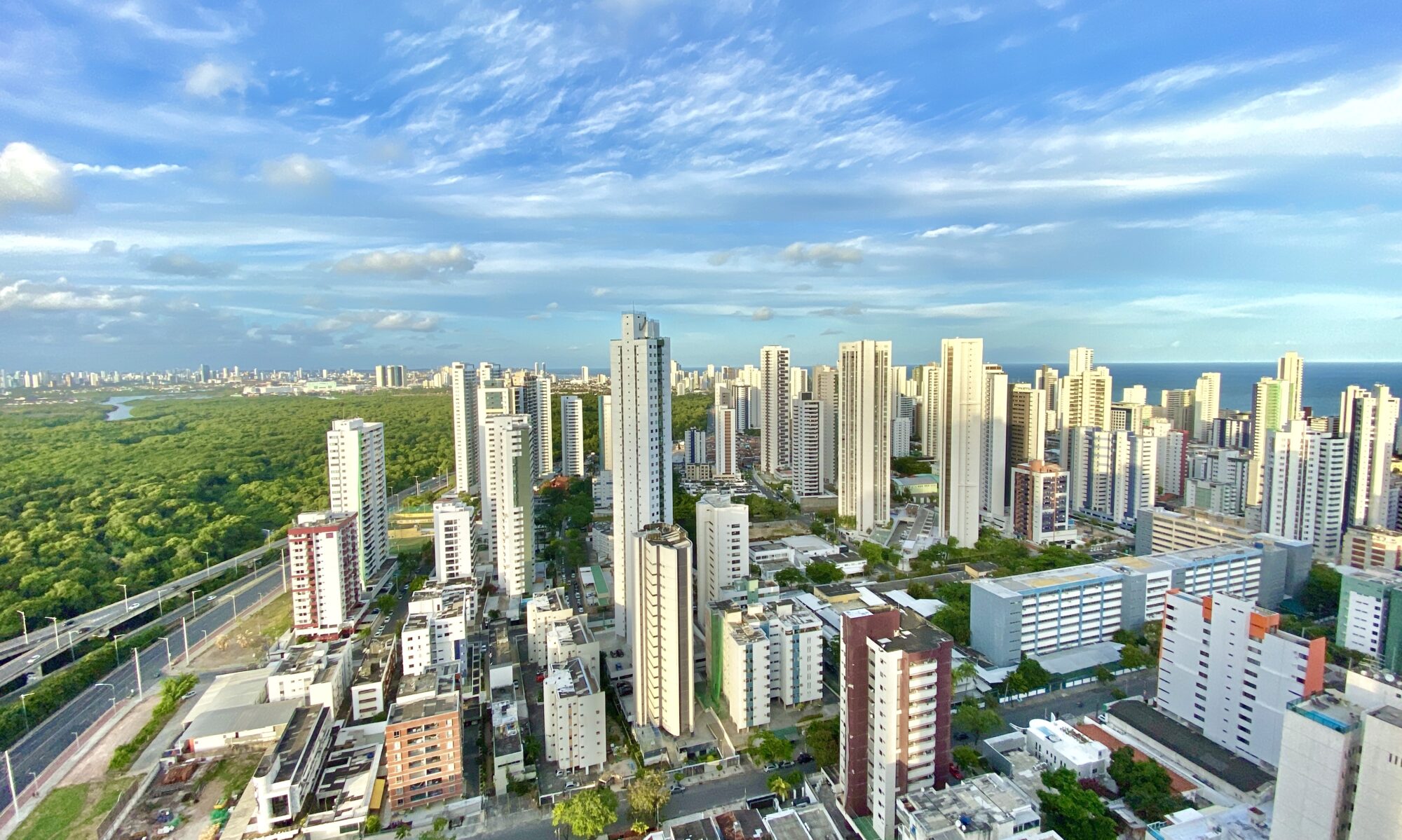- Export Coefficient
- Import Substitution
- Industrial Policy
- Industry
- Protectionism
- Quality
- Science and Technology Infrastructure
From the mid 50`s to the end of the 70`s industrial policies were practised in Brazil in an ample sense, in other words, comprising from indicative general planning to sectorial policies for the development of specific industries. A sophisticated collection of instruments of protection, incentive, financing and regulation of the industrial activity was created, as well as an institutional organisation with specialisation and sharing of functions, having in mind the planning, the formulation of industrial directives and the administration of policies for the foreign trade, financing, tax incentives, technological development, regional development and others. The two most significant experiences were the Programme of Goals of the Kubitschek government (1956-60) and the Second National Development Plan (1974-79) of the authoritarian regime.
These policies have made it possible to structure the manufacturing industry and to initiate the formation of a national system of technological development. They have resulted in the fast growth of the industrial production and the GDP (gross domestic product) and in the rapid increase of the industrial productivity (around 3.5% per annum in the 70`s). But they also consecrated strong interventionist practices and an institutional organisation difficult to co-ordinate. From the 1980`s there has practically been a stop to the making of industrial policies. The institutional organisation initiated a process of gradual deterioration, especially in the areas of planning and formulation of policy directives. Incentives and subsidies to the industry were maintained.
In the 90`s, with the growing commercial, financial and economic liberalisation, the old system of protection and incentives was dismantled. The industrial policy became more focused and the emphasis shifted to the creation of capability to produce with efficiency, quality and productivity, and the creation or maintenance of a competitive environment.

